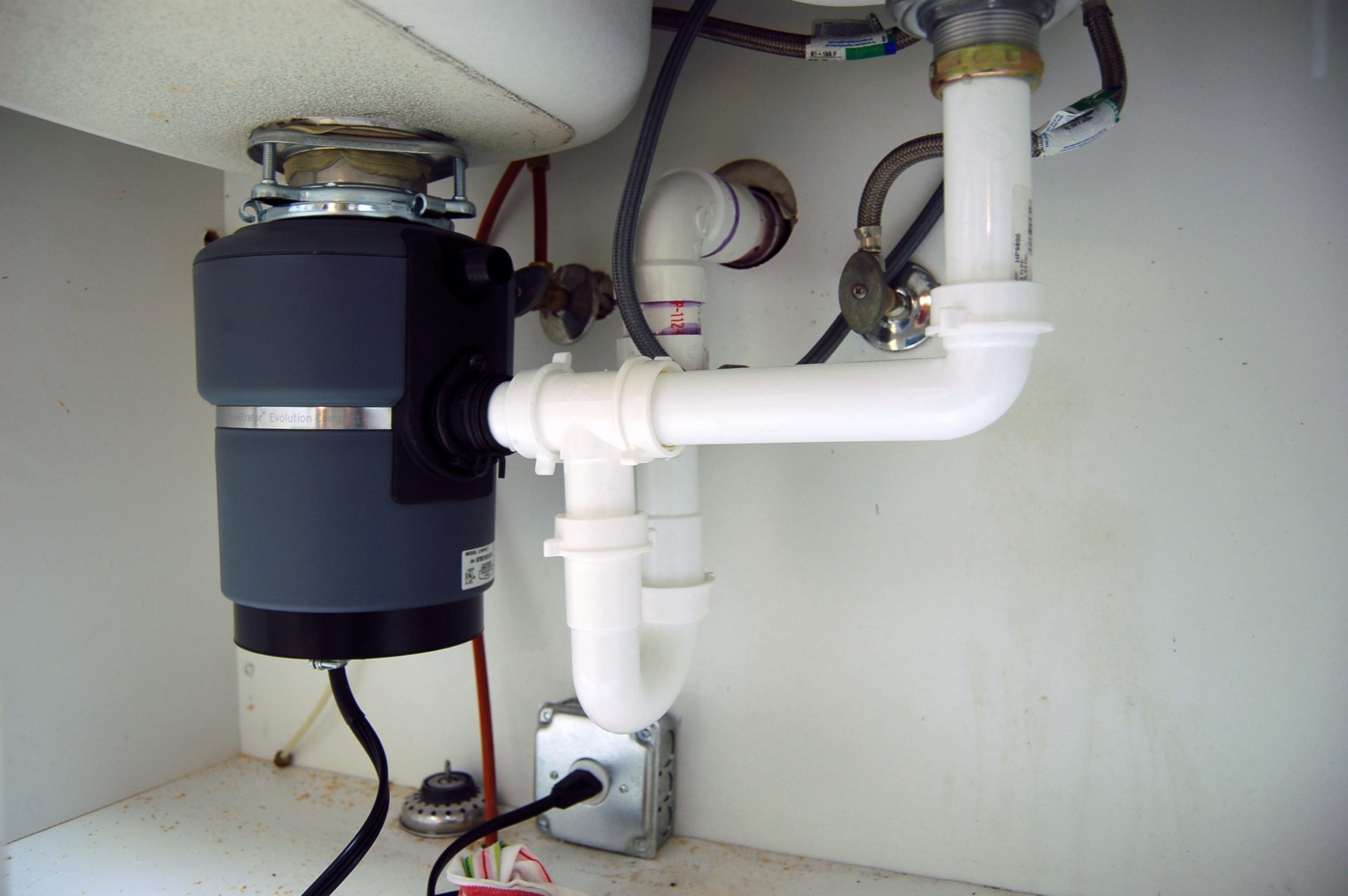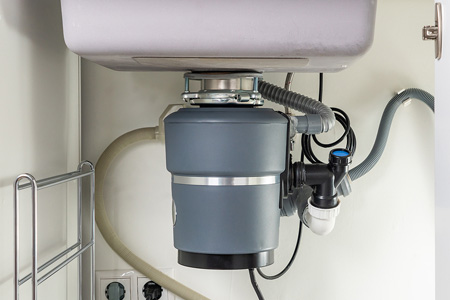Our Guide to Resolving a Leak in Your Garbage Disposal
Our Guide to Resolving a Leak in Your Garbage Disposal
Blog Article
Each person seems to have their own individual rationale involving Why Is My Garbage Disposal Leaking From the Bottom?.

Garbage disposals are necessary kitchen area appliances that aid in throwing away food waste efficiently. Nonetheless, a leaking waste disposal unit can be a discouraging and unpleasant trouble to take care of. Luckily, lots of leakages can be taken care of easily with a few basic actions. In this post, we will go over how to take care of a dripping garbage disposal properly.
Intro
Garbage disposals are set up under kitchen area sinks and are made to shred food waste into smaller pieces, enabling it to travel through the pipes system conveniently. While these devices are typically trusted, leakages can occur over time due to wear and tear, loose connections, or damage to the unit.
Usual Causes of Leaks in Trash Disposals
Worn Seals and Gaskets
Seals and gaskets play an important function in avoiding water from leaking out of the garbage disposal. In time, these components can wear away, bring about leaks around the disposal unit.
Loose Links
The links in between the garbage disposal and the pipes system can end up being loose with time, triggering water to leak out throughout operation.
Splits or Holes in the Disposal Unit
Physical damages to the garbage disposal, such as fractures or holes in the real estate, can also lead to leakages.
Determining the Resource of the Leak
Before attempting to deal with a leaking waste disposal unit, it is essential to determine the resource of the leak. This can normally be done via visual assessment or by conducting basic examinations.
Visual Inspection
Evaluate the garbage disposal device thoroughly for any kind of signs of water leak. Pay attention to locations around seals, gaskets, and connection factors.
Testing for Leaks
One way to check for leaks is by running water with the disposal unit and looking for any visible indicators of leak.
Devices and Materials Needed for Dealing With a Leaking Waste Disposal Unit
Prior to beginning the repair service procedure, gather the required devices and products, consisting of a screwdriver, adjustable wrench, plumbing technician's putty, substitute seals or gaskets, and epoxy or patching product for fixing cracks or holes.
Step-by-Step Guide to Repairing a Leaking Waste Disposal Unit
Switch off the Power
Prior to trying any kind of fixings, make certain that the power to the waste disposal unit device is switched off to avoid the danger of electrical shock.
Find the Leak
Identify the specific place of the leakage and determine the reason.
Tighten up Connections
Utilize a wrench to tighten up any loosened connections in between the disposal system and the pipes system.
Change Seals or Gaskets
If the leak is due to used seals or gaskets, get rid of the old parts and replace them with brand-new ones.
Patching Splits or Holes
For cracks or holes in the disposal system, use epoxy or an appropriate patching material to secure the damaged area.
Testing the Garbage Disposal After Fixing
Once the repair work is complete, check the garbage disposal by running water through it to guarantee that the leakage has actually been settled.
Preventive Upkeep Tips to Prevent Future Leakages
To avoid future leaks, it is necessary to perform normal upkeep on your waste disposal unit. This consists of maintaining it clean, preventing placing non-food products or difficult objects down the disposal, and periodically looking for leakages or other issues.
Verdict
Finally, taking care of a leaking waste disposal unit is a fairly straightforward procedure that can be completed with basic devices and materials. By adhering to the steps laid out in this post and practicing preventative maintenance, you can keep your garbage disposal in good working problem and avoid pricey repair work in the future.
HERE’S HOW TO FIX YOUR GARBAGE DISPOSAL
WHAT TO DO IF SOMETHING IS STUCK IN YOUR GARBAGE DISPOSAL
If the impeller won’t turn, there’s probably something stuck in the disposal. It could be a steak bone or peach pit, although plumbers report pulling all sorts of inappropriate objects out of disposals, such as bottle caps or aluminum foil. Make sure power to the disposal is off, and look inside to see if you can see the source of the jam.
Never stick your fingers in a disposal. Pull out anything you see with tongs or pliers.
If the disposal still won’t work, it may be time to call a plumber or consider buying a new disposal. GEM Plumbing & Heating is here for all of your garbage disposal needs.
WHAT TO DO IF YOUR GARBAGE DISPOSAL DRAIN IS CLOGGED
Take everything out from underneath your sink and put a bucket or other container under your disposal to catch any water that drains out. Disconnect your disposal from the power supply. If it’s plugged into a wall outlet, unplug it. If it’s hardwired into an electrical box, go to the electrical panel and turn off the breaker for the disposal. Pour ¼ cup of baking soda into the drain, followed by ½ cup of white vinegar. Give the solution a few minutes to fizz and do its work. Look into the disposal with a flashlight to see if you can see an object that might be causing the clog. If you see it, remove it using tongs or pliers. MORE TIPS ON DEALING WITH A CLOGGED GARBAGE DISPOSAL
Never use drain cleaner in a garbage disposal. It can damage the plastic parts inside the disposal. You can also be splashed with the caustic liquid while working to clear the clog. Beware! Never stick your fingers into a garbage disposal. Trust us — not a good idea. In many instances, your dishwasher drains through your garbage disposal. This allows the disposal to grind any large food particles that may be drained out of your dishwasher. There are some jurisdictions, however, where the plumbing code prohibits such a connection. WHAT TO DO WHEN YOUR DISHWASHER DRAINS THROUGH THE DISPOSAL
Run some water in the sink so your plunger has at least a ½-inch of water to create a seal and plunge vigorously up and down several times. You may need to repeat this several times. Run hot water down the drain to clear any residue that remains.

Hopefully you liked our excerpt about How to fix a pretty consistent leak from my garbage disposal. Thanks a ton for taking the time to browse our posting. Sharing is good. Helping others is fun. Thanks for going through it.
Book Today Report this page